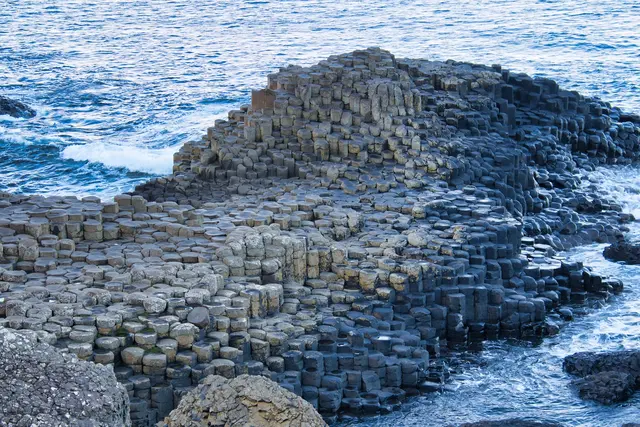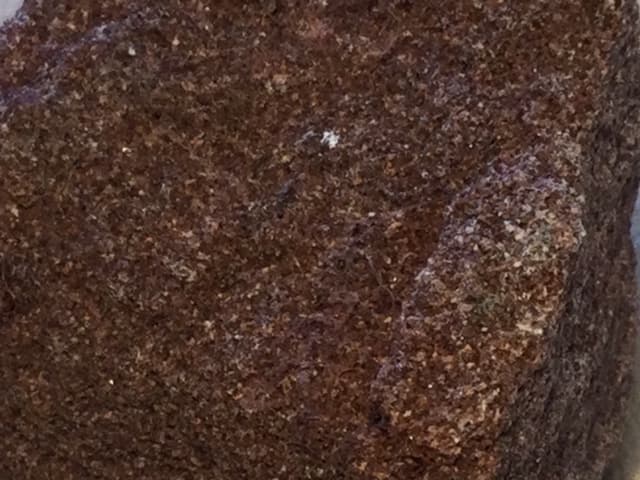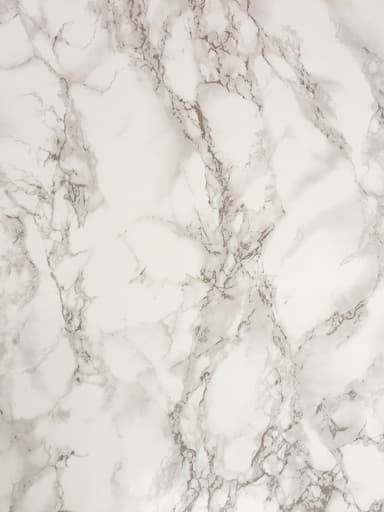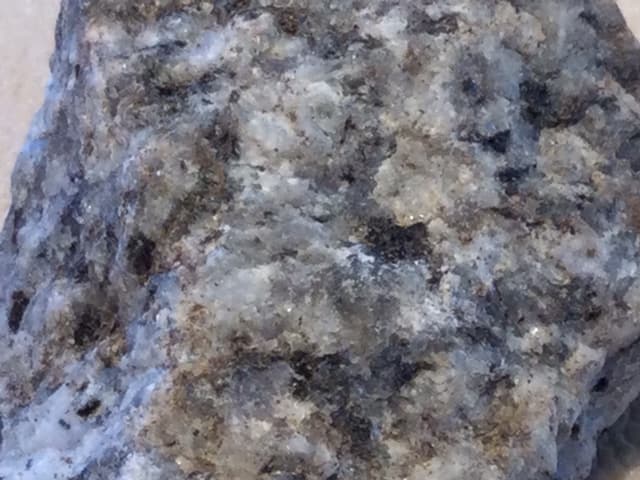Myths about teaching can hold you back
- Year 8
Igneous rock
I can explain how igneous rocks form and describe features of different types.
- Year 8
Igneous rock
I can explain how igneous rocks form and describe features of different types.
These resources were made for remote use during the pandemic, not classroom teaching.
Switch to our new teaching resources now - designed by teachers and leading subject experts, and tested in classrooms.
Lesson details
Key learning points
- The melting point of rock is very high.
- Melted rock is called either lava (on Earth's surface), or magma (underground).
- Extrusive igneous rock forms outside Earth's crust, while instrusive igneous rock forms inside the crust.
- Some substances form crystals when they freeze.
- Crystal size depends on the rate at which melted rock cools.
Keywords
Lava - Molten (i.e. melted) rock that has broken through Earth's crust.
Magma - Molten (i.e. melted) rock beneath the Earth's surface.
Crystallisation - A process in which solid crystals form as molten rock cools.
Extrusive - A type of igneous rock that form when lava has cooled and crystallised; they form above Earth's surface.
Intrusive - A type of igneous rock that form when magma has cooled and crystallised; they form under Earth's surface.
Common misconception
Some think all lavas/magmas are the same and the type of igneous rock formed depends on cooling rate.
Stress that the type of igneous rock formed depends upon the mineral composition of the lava/magma *and* the rate of cooling. Use examples to reinforce this.
To help you plan your year 8 science lesson on: Igneous rock, download all teaching resources for free and adapt to suit your pupils' needs...
To help you plan your year 8 science lesson on: Igneous rock, download all teaching resources for free and adapt to suit your pupils' needs.
The starter quiz will activate and check your pupils' prior knowledge, with versions available both with and without answers in PDF format.
We use learning cycles to break down learning into key concepts or ideas linked to the learning outcome. Each learning cycle features explanations with checks for understanding and practice tasks with feedback. All of this is found in our slide decks, ready for you to download and edit. The practice tasks are also available as printable worksheets and some lessons have additional materials with extra material you might need for teaching the lesson.
The assessment exit quiz will test your pupils' understanding of the key learning points.
Our video is a tool for planning, showing how other teachers might teach the lesson, offering helpful tips, modelled explanations and inspiration for your own delivery in the classroom. Plus, you can set it as homework or revision for pupils and keep their learning on track by sharing an online pupil version of this lesson.
Explore more key stage 3 science lessons from the Earth's resources unit, dive into the full secondary science curriculum, or learn more about lesson planning.

Equipment
Per group: melted salol, dropping pipette, 2 × cold microscope slides (kept in freezer), 2 × warm slides (kept in 45°C water bath/oven prior to use), hand lenses, optional extra – A5 black card.
Content guidance
- Risk assessment required - equipment
Supervision
Adult supervision required
Licence
Prior knowledge starter quiz
6 Questions
Q1.What are the key components that make up rocks?
Q2.Match the following rock types with their descriptions.
contain crystals that point in many directions
contain grains that are stuck together and may contain fossils
contain large crystals that all line up
Q3.A mineral is a substance with a crystal structure, while a rock consists of one or more minerals or rock fragments.
Q4.Which of the following is evidence that supports the idea of tectonic plates moving?
Q5. rocks have spaces between grains, allowing water to pass through.
Q6.Which of the following features is commonly found in igneous rocks?
Assessment exit quiz
6 Questions
Q1.Which of the following is the correct name for molten rock that has broken through Earth's crust?
Q2.Which of the following is a type of igneous rock that forms inside Earth's crust?
Q3.Which of the following factors determines the size of crystals in igneous rocks?
Q4.Sort the following steps into the correct order to describe how the melting of rock at the edge of a tectonic plate leads to the formation of extrusive igneous rock (e.g. basalt).
Q5.Which of the following is an example of an intrusive igneous rock?






